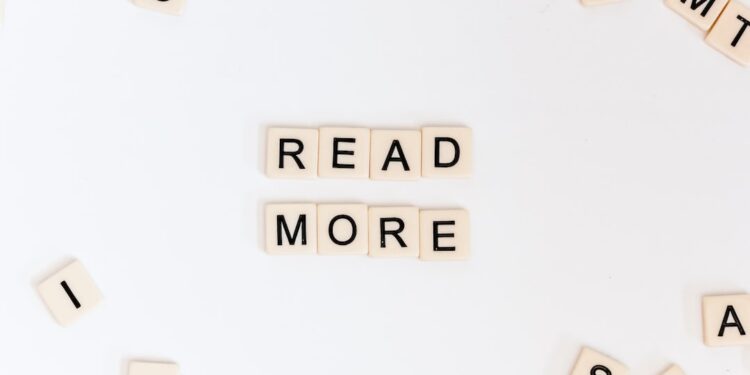As a teacher, your primary goal is to facilitate learning and foster creativity within your classroom. Creativity is an essential skill for students to develop, as it can have a positive impact on all aspects of their lives, including their academic success, social skills, and overall wellbeing. In order to develop creativity in the classroom, teachers must create a welcoming environment that encourages exploration, risk-taking, and innovation.
One effective strategy for fostering creativity in the classroom is to provide students with opportunities to engage in open-ended, creative activities. These activities can take many different forms, such as arts and crafts, writing exercises, or problem-solving challenges. By providing students with freedom and autonomy to explore, create, and make, they can develop their own individual interests, and find tangible expressions for their ideas and passions.
Another important consideration when fostering creativity in a classroom is to ensure that the environment is one in which students feel comfortable and supported. This includes creating a classroom culture that values creativity, and that celebrates the unique contributions of every student. Teachers can achieve this by providing positive feedback and encouragement, as well as by creating opportunities for students to work collaboratively and share their ideas and insights with others.
In addition to creating an environment that values creativity, teachers can foster creativity in the classroom by incorporating interdisciplinary activities and projects that encourage students to use multiple skills and perspectives. For example, integrating creative writing assignments with science or social studies projects can help students make connections between different subjects, and develop a holistic understanding of the world around them. By combining different disciplinary approaches, students can gain a deeper appreciation for the diverse ways in which creativity can be expressed.
Perhaps the most important factor in fostering creativity in the classroom is to provide students with the necessary tools and resources to create, explore, and innovate. This includes not only art supplies and writing materials, but also access to technology and other tools that enable students to express their ideas in new and exciting ways. By providing these resources and tools, teachers can empower students to pursue their passions, and to take ownership of their own learning process.
Ultimately, fostering creativity in the classroom is about providing students with the space, the support, and the confidence to explore and express their own ideas and perspectives. By creating a safe and supportive learning environment, and by providing students with the tools and resources they need to succeed, teachers can help instill in their students a love of learning and creativity that will stay with them for the rest of their lives.















